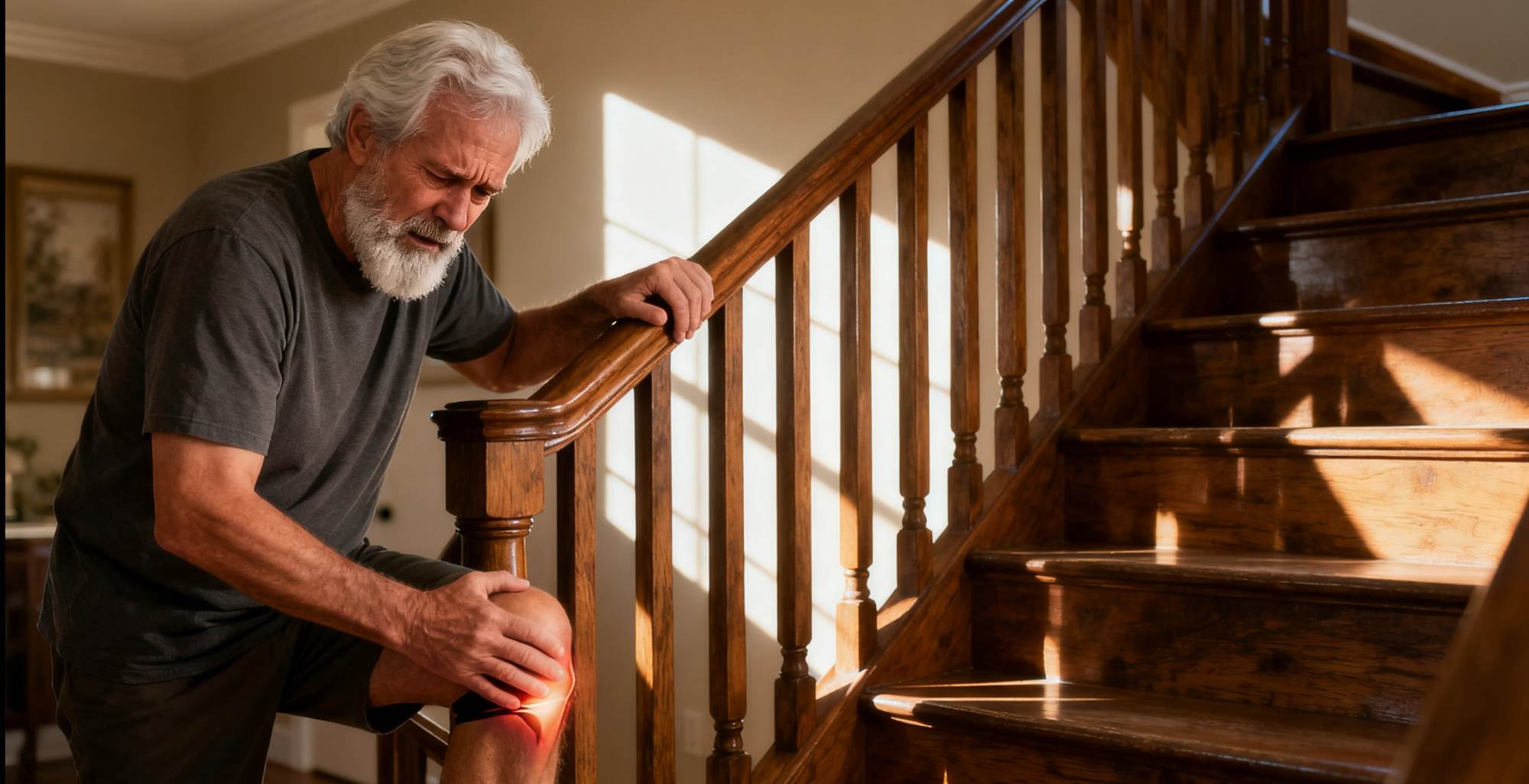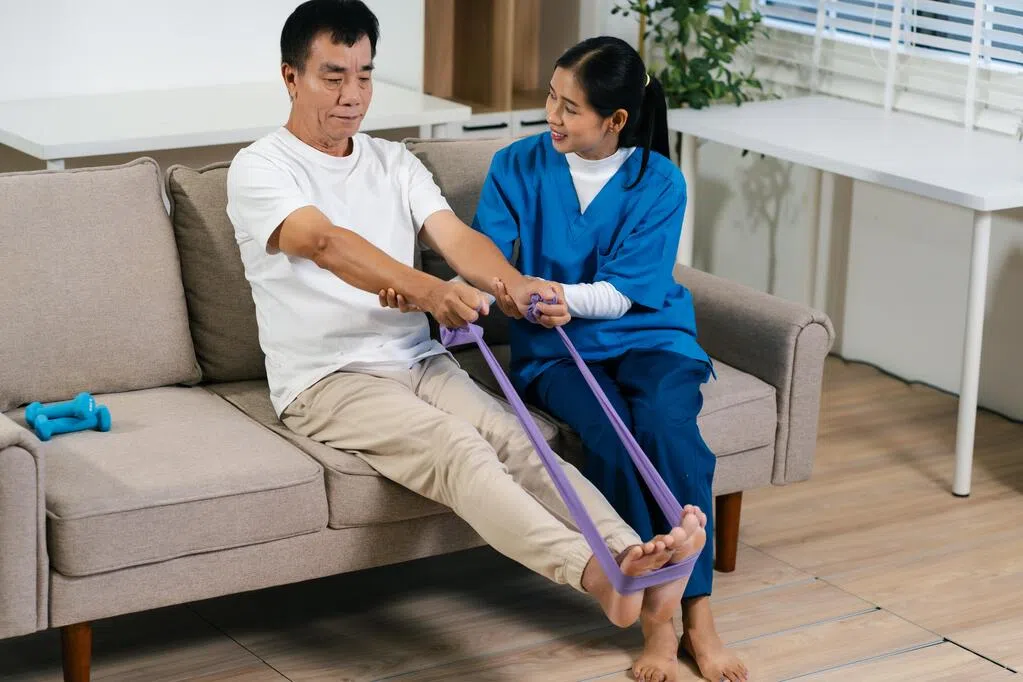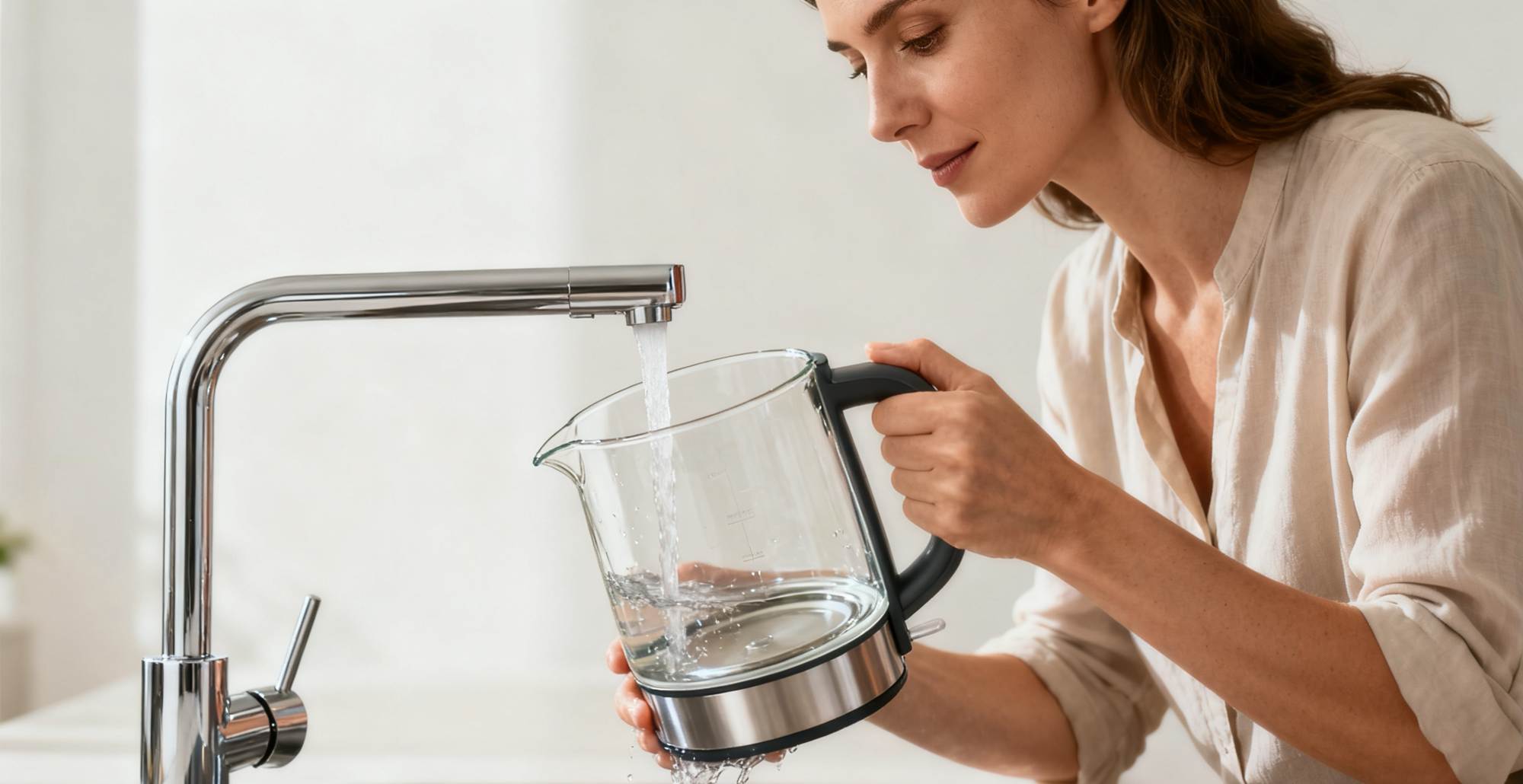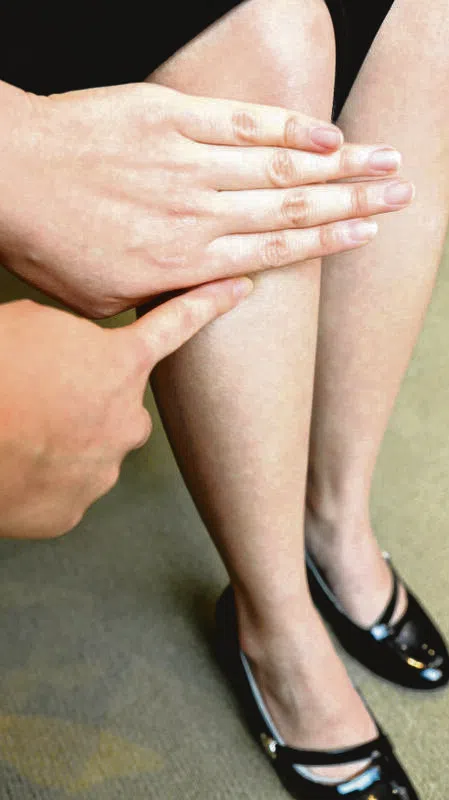"The legs age first, and the knees age first." Many middle-aged and elderly people experience knee pain as they age, often attributing it to cold or other normal aging factors. However, this could be a symptom of osteoarthritis.
content
I. Arthritis and Symptoms
II. Typical Manifestations
2.1 Knee Pain
2.2 Limited Joint Mobility
2.3 Joint Deformity
III. Protecting Your Joints
3.1 Weight Control
3.2 Appropriate Exercise
3.3 Keeping Warm
3.4 Balanced Diet
IV. Treatment Plans
4.1 Conservative Treatment: Exercise + Physical Therapy
4.2 Medication + Weight Reduction
4.3 Surgical Treatment
I. Arthritis and Symptoms
Osteoarthritis, also known as degenerative joint disease, is a common joint disease primarily affecting the articular cartilage and eventually the entire joint tissue. It ultimately leads to cartilage degeneration, fibrosis, fracture, defects, and damage to the entire joint surface.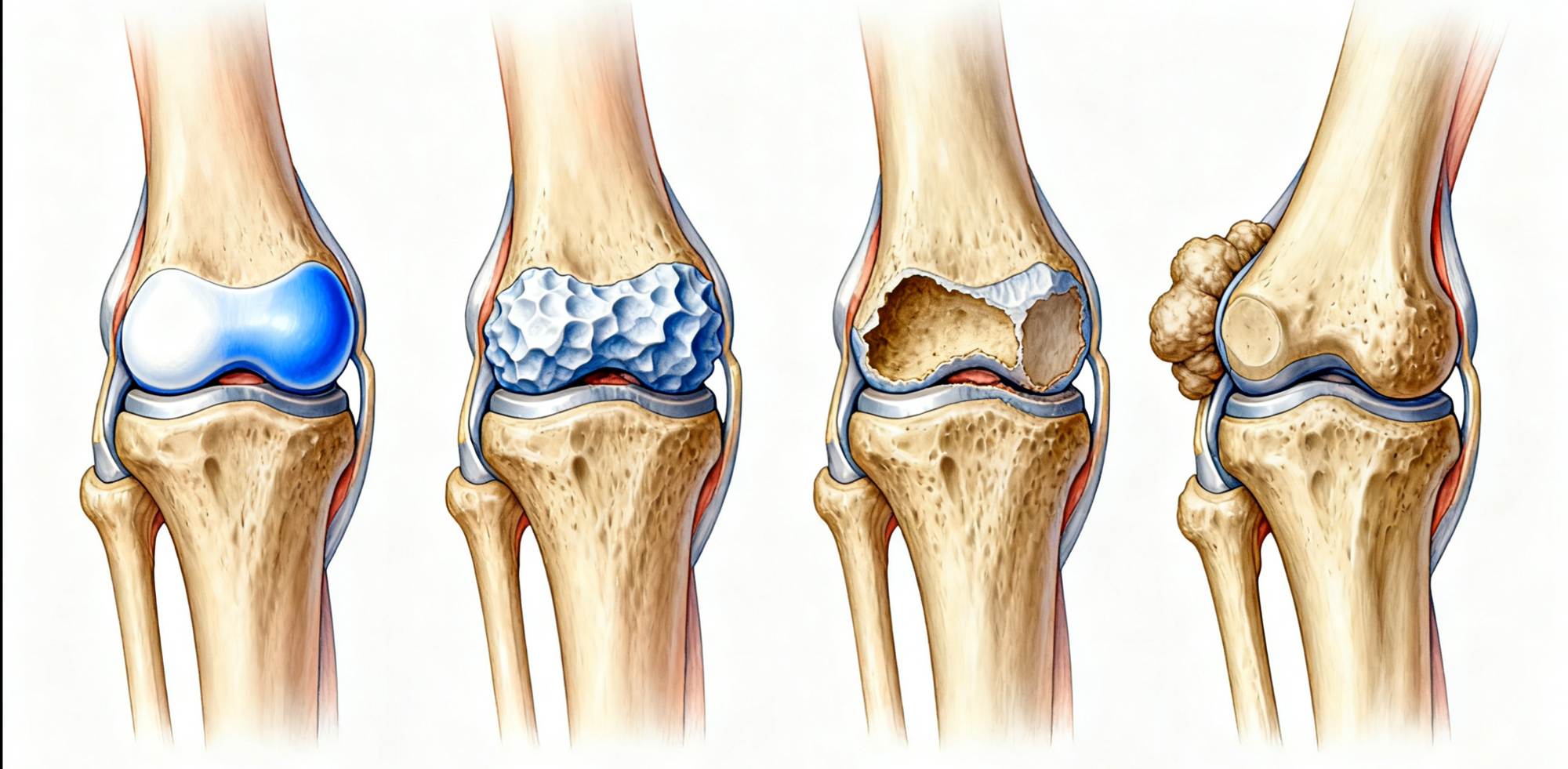
II. Typical Manifestations
2.1 Knee Pain
Pain when going up and down stairs, but walking on flat ground is still possible.
2.2 Limited Joint Movement
Early stages are not obvious, but later knee stiffness develops, making it difficult to squat or stand up.
2.3 Joint Deformity
As cartilage wear worsens, osteophytes proliferate in the middle and late stages, causing significant varus or valgus deformities, resulting in pain even when walking on flat ground.
Osteoarthritis commonly affects middle-aged and elderly people. After age 50, the incidence of knee and hip osteoarthritis rises rapidly, peaking around age 70.
III. Protecting Your Joints
3.1 Controlling Weight
Obesity not only leads to other systemic diseases but also increases the load on the knee joint, accelerating the progression of osteoarthritis.
3.2 Appropriate Exercise
Non-weight-bearing quadriceps strengthening exercises are preferred. These include seated and supine exercises. Quadriceps atrophy is the earliest sign of knee weakness, difficulty climbing stairs, and accelerated arthritis progression.
Additionally, osteoarthritis patients are advised to take 6,000-8,000 steps per day, and it is not recommended to exceed 10,000 steps.
3.3 Keeping Warm
Autumn and winter are cold and damp. Keeping warm can effectively relieve joint pain. Traditional Chinese medicine considers arthritis to be a type of arthritis, requiring effective prevention of cold pathogens.
3.4 Balanced Diet
Supplementing with calcium and milk helps prevent osteoporosis, strengthens muscles and bones, and prevents sarcopenia.
Minimize stair climbing and squatting; use a sit-down toilet; wear knee braces if necessary.
For acute knee pain or limited range of motion, consult an orthopedic or rheumatologist for expert advice.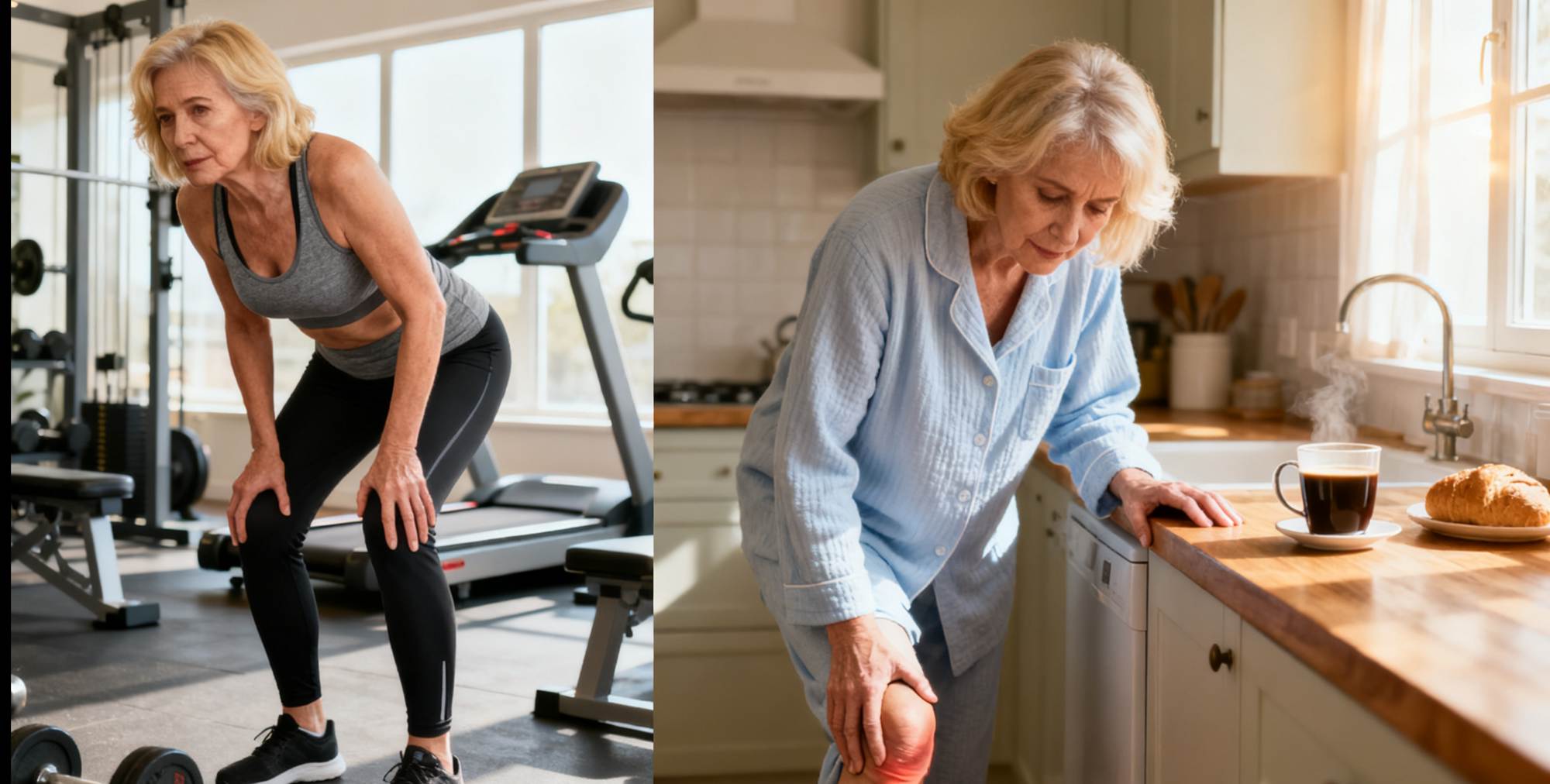
IV. Treatment Plan
4.1 Conservative Treatment: Exercise + Physical Therapy
Conservative treatment is suitable when symptoms are mild, intermittent, and just beginning to appear. This includes adjusting lifestyle and exercise habits, avoiding activities that increase knee load, such as climbing mountains, stairs, squatting, and kneeling.
Simultaneously, strengthen thigh muscles through exercises like straight leg raises. Physical therapy, such as heat therapy or electrotherapy, can also be used. Many patients with mild symptoms can achieve symptom relief and slow disease progression through these treatments.
4.2 Medication + Weight Reduction
For patients whose pain is not adequately relieved by the above treatments, intermittent use of anti-inflammatory and analgesic drugs, intra-articular hyaluronic acid injections, and the use of crutches to reduce joint load can be considered. If the above-mentioned conservative treatments can relieve or control joint pain and meet the individual's needs for daily work and life, surgery is not necessary.
4.3 Surgical Treatment
For cases where non-surgical treatments are ineffective and severely impact quality of life, surgical treatment may be considered.
Surgical treatments include various methods, primarily minimally invasive arthroscopic debridement, osteotomy for deformity correction, unicompartmental knee arthroplasty, and total knee arthroplasty. Each surgery has its indications, mainly depending on the severity of osteoarthritis.
Experts remind that treating knee osteoarthritis is not a quick fix, but a comprehensive battle requiring patience and perseverance. Early detection and early intervention are crucial to prevent further cartilage wear.
